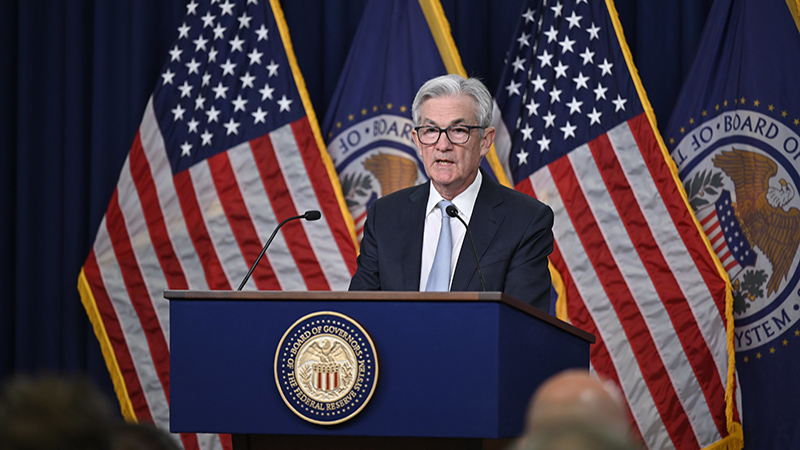HSBC picked up the UK arm of Silicon Valley Bank this morning (13 March) after a wave of withdrawals fuelled the collapse of the US-headquartered bank over the weekend.
Silicon Valley Bank UK (SVB UK), which has loans of around £5.5bn and deposits of around £6.7bn, was sold to HSBC for just £1 this morning, with the Bank of England confirming that all depositor’s money with SVB UK is “safe and sound”.
The BoE said the sale to HSBC was made to stabilise SVB UK, adding that it would ensure the continuity of banking services, minimising disruption to the UK technology sector and supporting confidence in the financial system.
“All services will continue to operate as normal and customers should not notice any changes,” the central bank added.
Systemic problems or a bad apple?
SVB’s collapse spooked markets towards the end of last week, and a report from Algebris Investments cited the “indiscriminate selling” across US banks last Thursday. The fear spread to Europe on Friday on concerns of contagion; the S&P 500 has fallen nearly 5% over the last five days, and the FTSE 100 dropped over 3% over the weekend.
However, Algebris’ report stated that there is unlikely to be a carry over onto larger US and European banks, given SVB’s atypical situation.
The report stated that SVB’s expansion into the venture capital ecosystem, which had fuelled so much of its growth, came at the cost of diversification: “As of the end of 2022, the deposit base was highly concentrated in large accounts, with $152bn (£126bn) of its $173bn (£143bn) above the FDIC insured limit.
“In addition, many of SVB’s deposits were invested in long duration fixed-rate securities that became underwater as rates have risen, creating both earnings pressures from a negative carry trade as well as capital pressure due to a decline in the value of the bonds.”
Hargreaves Lansdown’s Susannah Streeter said the bank’s management was forced to sell of a tranche of its bond portfolio at a steep loss, and a planned equity raise from shareholders got the cold shoulder.
“In just hours, customers lost confidence and started pulling money making the bank insolvent, and its UK arm also precarious,” she added.
Stephen Dover, head of Franklin Templeton Institute, said over the weekend it was clear that what was originally thought to be an isolated bank failure posed a systemic risk to the financial system. However, once the regulators had stepped in the situation seemed to cool.
The BoE implied there would be little impact on the UK banking system, maintaining that it remained “safe, sound, and well capitalised”, and that no other UK banks were directly materially affected by events.
Implications for the Fed
Questions have been raised about the implications of the Fed’s hiking cycle on businesses such as SVB, and how its collapse might influence the central bank’s next policy move.
AJ Bell’s Russ Mould stated: “As of Thursday 11 March, before the run on SVB, markets were putting a 68% chance on a half-percentage-point rate rise to 5.25% from the US Federal Reserve next week, thanks to tough talk on inflation before the Senate Banking Committee from chair Jay Powell (pictured).
“Markets are now quickly pricing in only a quarter-point increment or even no increase at all on 22 March and the yield on the benchmark 2-year and 10-year US Treasuries is falling quickly.
“The Fed may now find itself between a rock and a hard place. It wants to tighten policy to keep a lid on inflation but will now face questions as to whether policy is already too tight, given this nasty wobble in the banking system and the pressure higher rates are already putting on many companies’ cash flows.”
Vincent Vinatier, a portfolio manager at Axa IM, also agreed that the Fed was likely to take a more cautious approach to raising rates.
However, Dover said: “To the extent that the SVB problem is now under control, then barring an unexpected decline in inflation this week, the Fed may hike rates 50 bps at its March 21-22 policy meeting.”
“But if the situation remains volatile and uncertain, then the Fed will be conflicted and may be forced to do less (25 bps) or even skip a hike at the upcoming meeting.”







